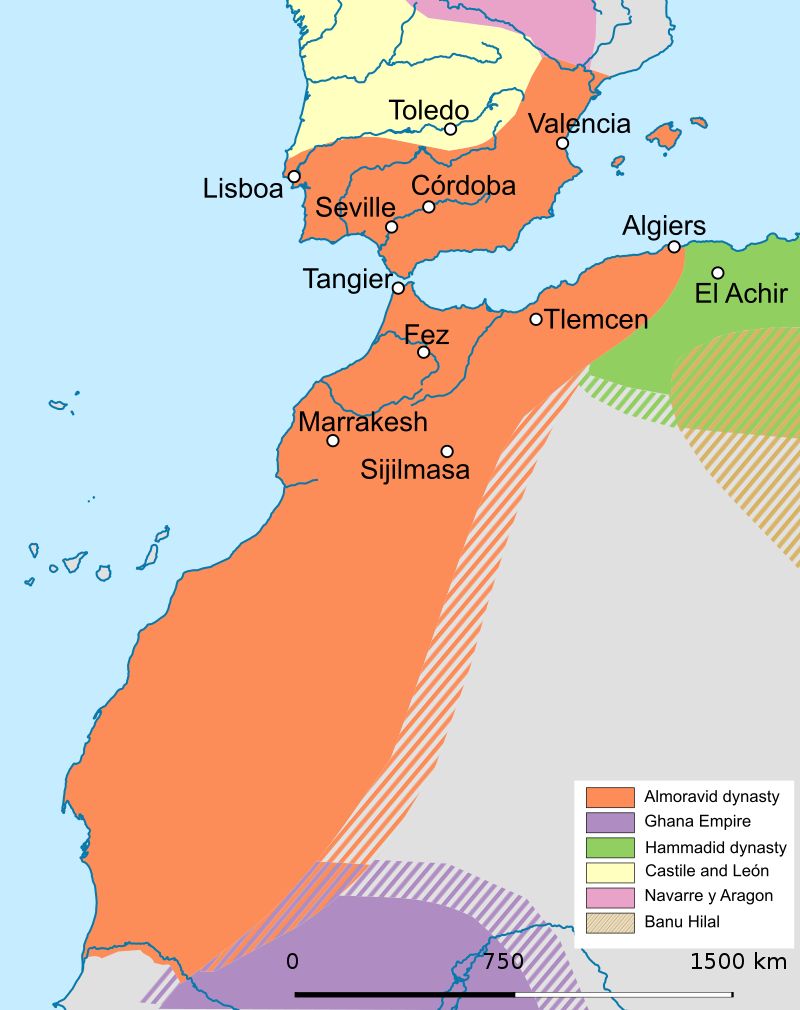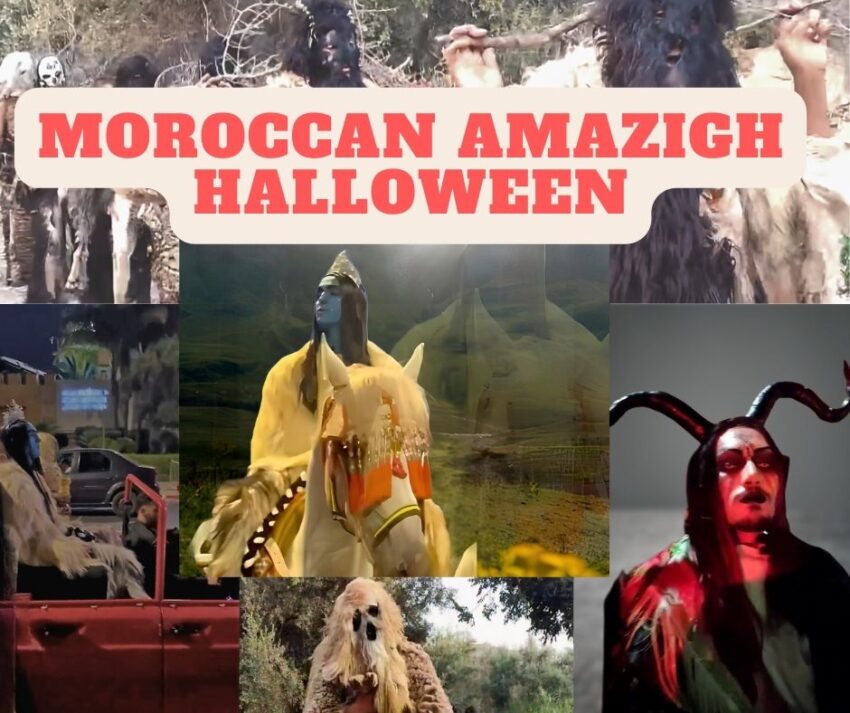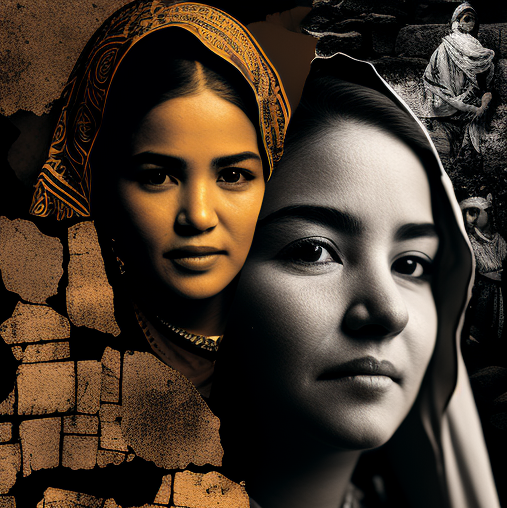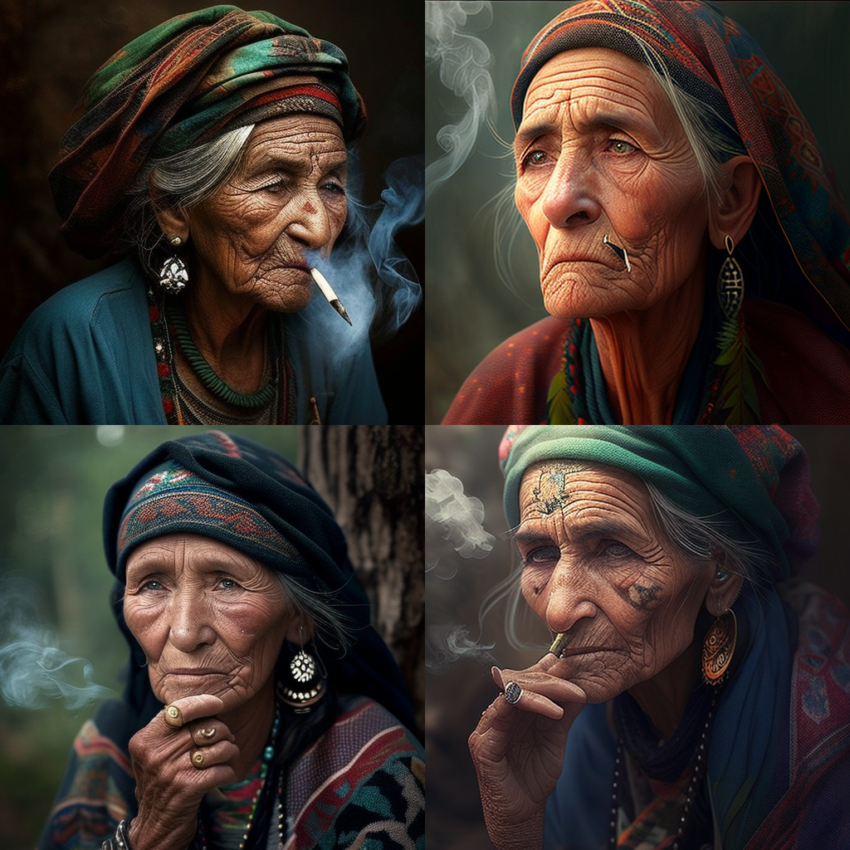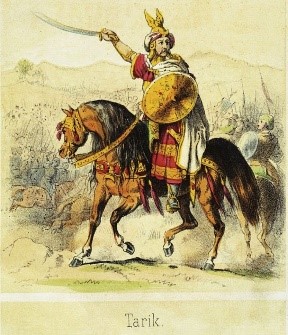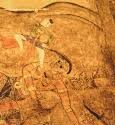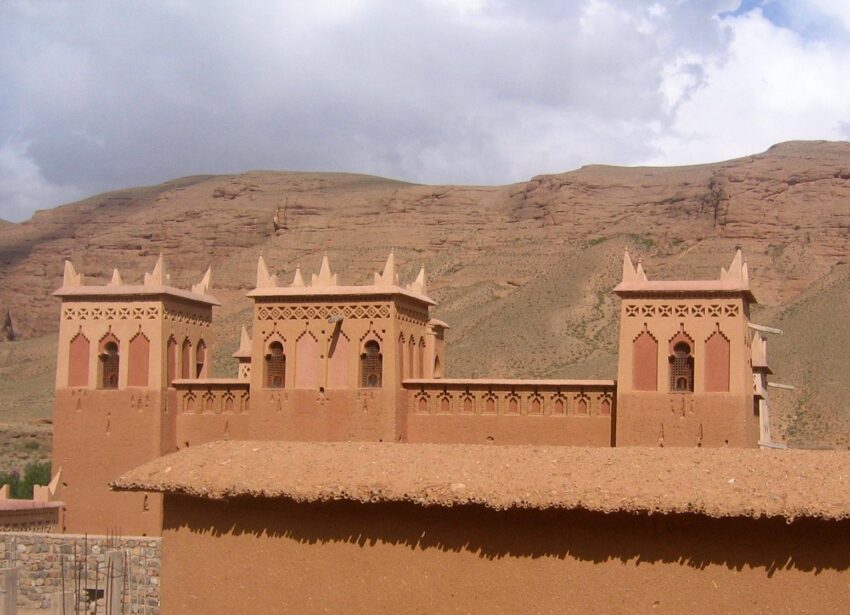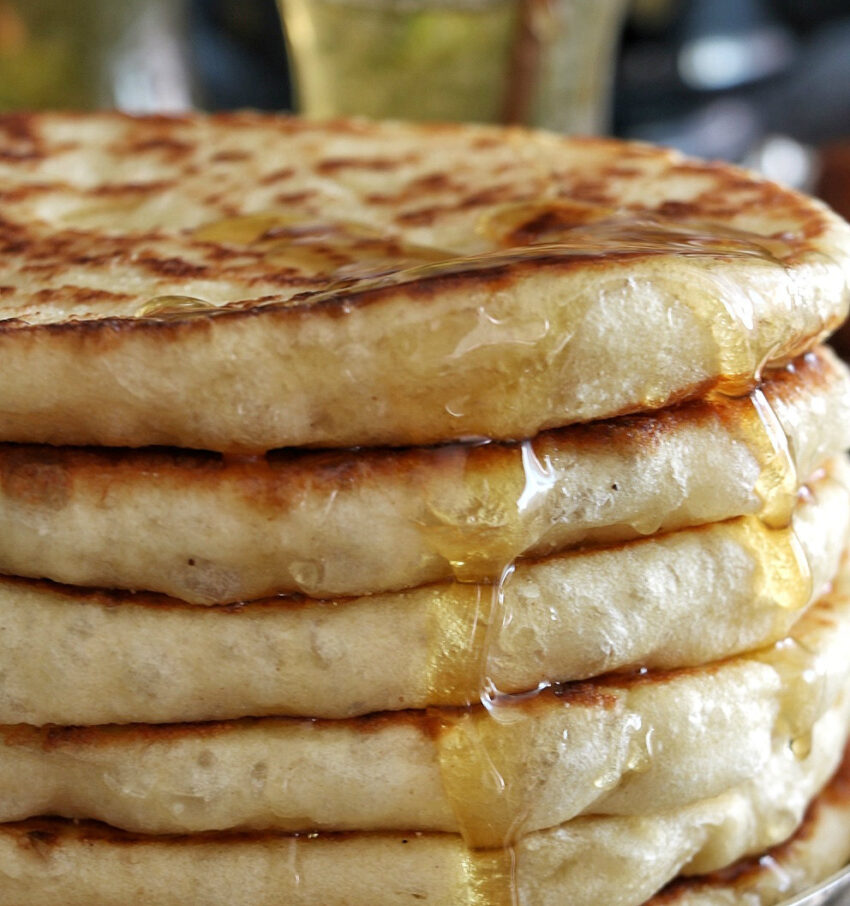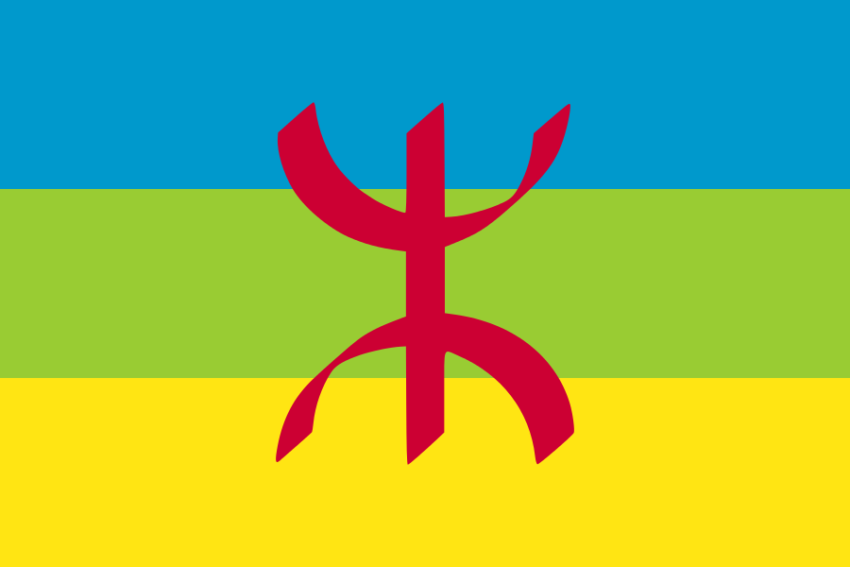In this brief exploration of Moroccan history, we’ll focus on the three most prominent and recent berbers dynasties which are: the Almoravids, Almohades, and Merinids. we’ll uncover the lasting legacies of each empire. This concise look at Morocco’s past is designed to give you a general overview of these dynasties and the impact they had…
Author: Amazigh
Amazigh Halloween Celebration: Bujlood, Bilmawen, Embracing Change while Honoring Tradition -2023
Bilmawn, Bu-jelloud, Hrrma, and Bu-lbtayen all relate to the same ritual known as “Amazigh Halloween,” which is practiced in different parts of Morocco, especially Agadir and regions. This popular Amazigh masquerade practice occurs after Eid El Kebir (also known as Tafaska in the Amazigh language). During this ritual, a group of people dress up in…
Berber Women in Society, Culture, and Politics
Berber women have played a significant role in shaping the history, culture, and politics of North Africa. From legendary queens to modern-day activists, Berber women have made important contributions in various fields and have challenged patriarchal norms and structures throughout history. In the past, there were several notable Berber women who stood out for their…
Handmade Berber Jewelry: A Celebration of Culture and Tradition
Handmade Jewelry: A Timeless Art Form What is the history of handmade jewelry? Handmade jewelry has been around for thousands of years and is considered one of the oldest forms of human expression. Jewelry has been used to commemorate special events, celebrate milestones, and tell stories. From the ancient Egyptians to the indigenous peoples…
Is Berbers an insult?
The term “Berber” is not considered an insult or a derogatory term, its a cultural and ethnic identifier that is used in a neutral or positive manner to describe the indigenous people of North Africa.And is widely used by scholars, historians, and members of the Berber community to describe their identity and cultural traditions.In recent…
The Origins of Berbers in Morocco : Libyans, Phoenicians, Punics
The Libyan period The Libyans inhabited North Africa west of the Nile during prehistoric times. The Libyans are mentioned by the Egyptians in the 12th century BC. The temple of Pharaoh Sethi I, Ramses II’s father, depicts four Libyans in costume. The Greeks have Libyan populations as well. At the time, ancient Libya traded with…
Berbers in Morocco : the Culture
Berber society is rich in millennia-old traditions, whether in language, culture, arts, religion, crafts, or sociology. Amazigh handicrafts Craftsmanship is still very much alive and well in Berber culture today. The tribes, who have a rural culture, have long engaged in agricultural and breeding operations. Men were assigned to the livestock, while women were in…
7 things to know about morocco’s berbers history
7 Facts about Berbers There are historical references to Libyans, Berbers by origin, among Egyptian Pharaohs circa 1200 BC, and a lot more during prehistoric cave drawings discoveries going back more than 20,000 years. There are several ethnic groupings of Berbers in Morocco, the most well-known of which are the Chleuh, Zayanes, and Rifains, The…
Morocco: Berbers most known cuisine, Foods and dishes
Berber cuisine is a rich and diverse culinary tradition hailing from North Africa, primarily Morocco. The Berbers, also known as Amazighs, are an indigenous people of North Africa with a history dating back thousands of years. Their cuisine reflects a blend of influences from neighboring countries such as Spain, France, and the Middle East. Here…
Amazigh flag
The first Amazigh flag was created in the 1970s, on the occasion of Yennayer. It was designed by Berber activist Youcef Medkour, also known as Youcef Amazigh, and has become an unifying icon for all Amazigh peoples. The blue depicts the Mediterranean Sea, the green the coast, and the yellow the hugeness of the Sahara….
